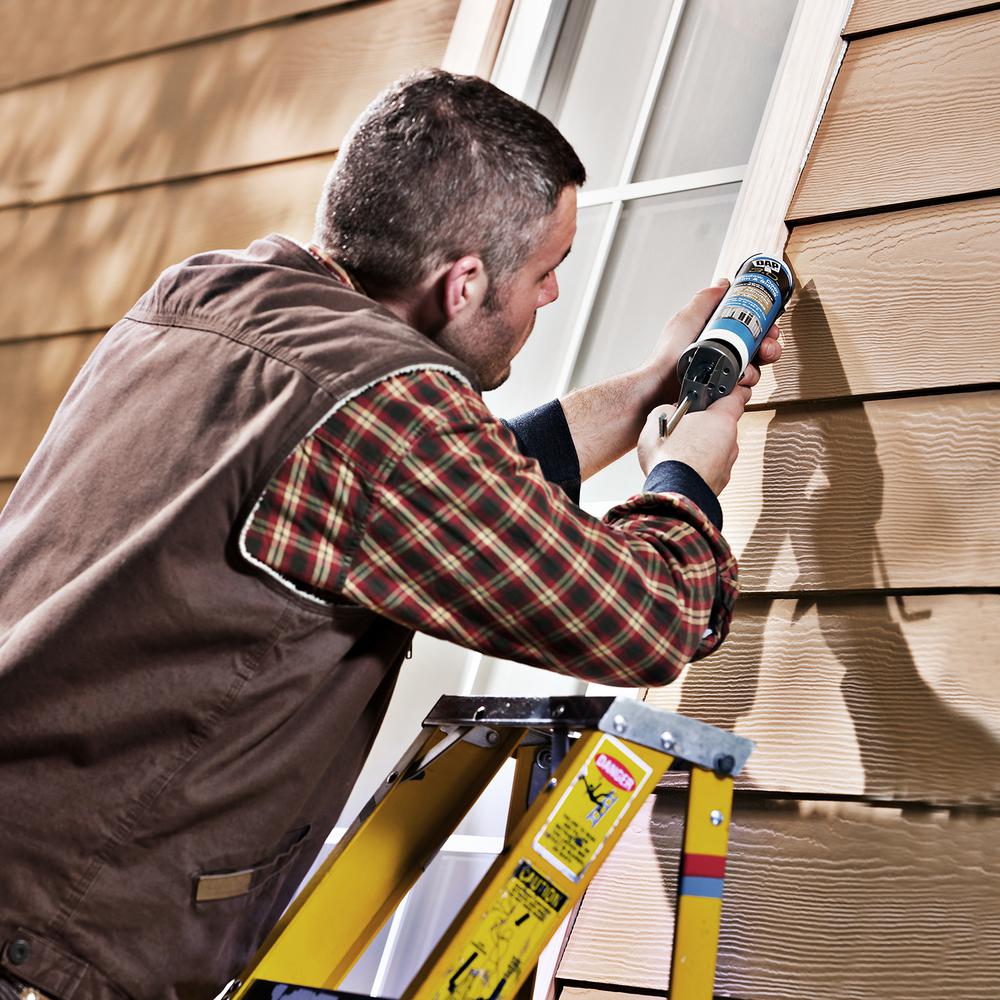It comes untreated so you have to paint or stain it after installation if you want it to last and provide maximum weather resistance.
Should you seal the bottom of siding.
While my experience is more with vinyl siding sealing the siding to the foundation would deny any moisture that developed behind the siding from driving rain between seams in the siding condensation behind the siding ect an exit at the bottom.
All cuts in lp siding require paint to seal out moisture and old caulk can let moisture in over time.
Also avoid caulking tongue and groove siding boards together.
Caulking the bottom.
This way you can completely seal the cedar front to back top to bottom and around all edges.
How to seal plywood siding.
Below the top of the foundation but the lower the vinyl siding is installed the better.
Inexpensive and simple to do sealing your siding only requires a little time to locate the cracks.
The sheets are grooved so that the edges will seal when you nail them together but you need to install flashing caulking and trim along the top and bottom edges and around windows and doors to keep water out.
By sealing gaps in your walls and siding you can successfully secure your home from outdoor pests.
For best results seal before applying the siding to the wall.
After the paint dries apply caulk and then paint the rest of the siding.
I would be hesitant to seal the siding to the foundation.
Plywood siding is typically made of fir or cedar and usually has vertical grooves that give it the appearance of planking.
It is sometimes called t1 11.
Bottom of siding boards should not be caulked water is meant to exit through the bottom of each board.
If you prefer to caulk before painting you should still paint the cut ends first.
A full seal is important because any space that is missing sealant is more susceptible to water damage and chemical bleeding.
It protects the sheathing from rain snow and pests.

